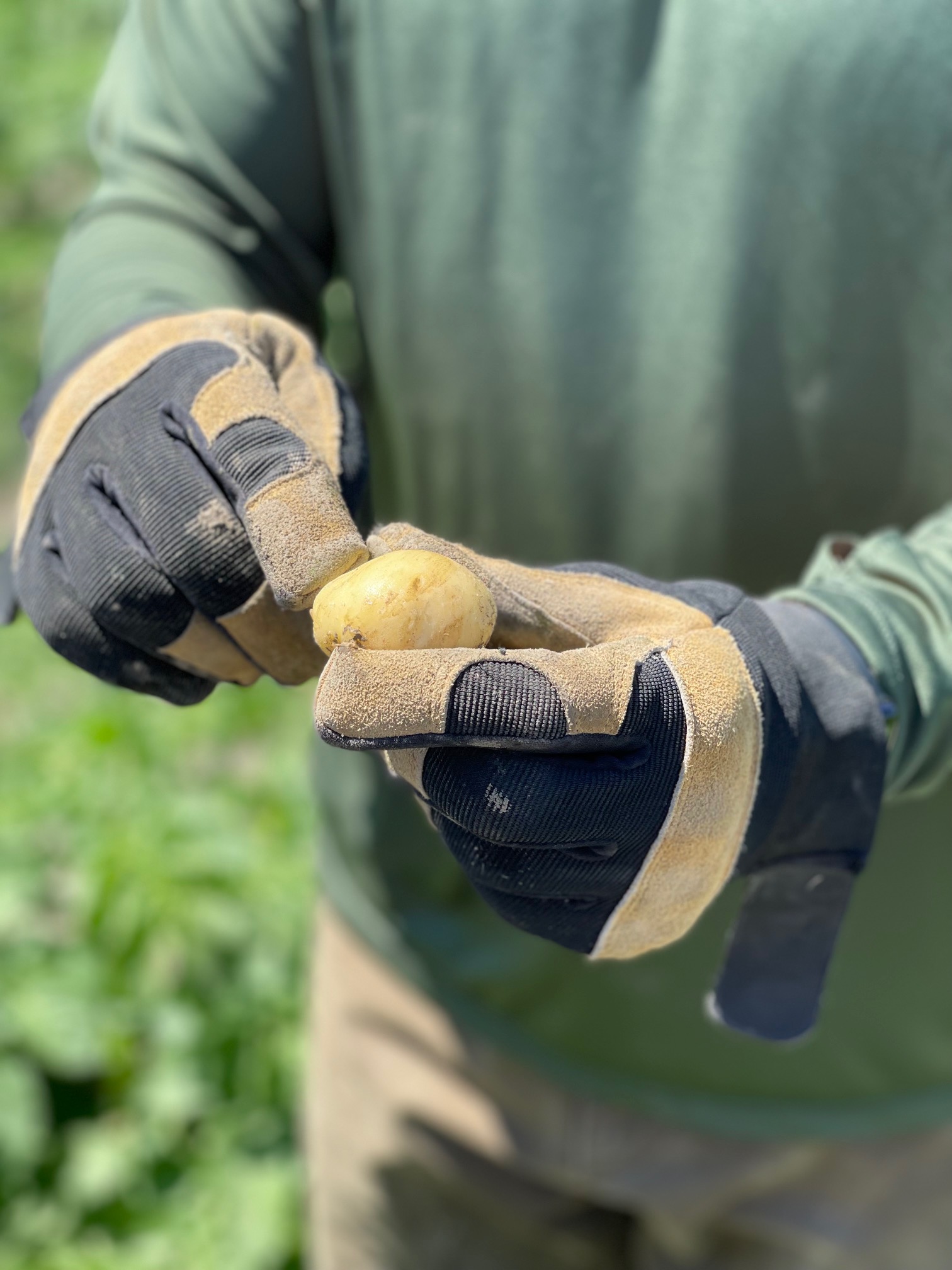Voluntary Conservation, the Bridge for Agriculture to Save Wildlife
MOSES LAKE, Washington, February 8, 2023 – Technical assistance rooted in providing site specific solutions to wildlife habitat protection and enhancement while maintaining agricultural viability is what the Voluntary Stewardship Program does, according to Harold Crose.
Crose is a resource conservationist with the Columbia Basin Conservation District and has been part of the Voluntary Stewardship Program (VSP) since its beginning in Grant County.
“We can’t have 300-foot buffers everywhere because that approach could cause more problems that it would solve,” Crose said.
Crose noted Grant County was the first to have a VSP plan approved by the Washington State Conservation Commission and that approved plan has been utilized as a template for several other counties throughout the state.
VSP doesn’t have many downsides according to Crose. Maintaining voluntary conservation efforts, doing outreach about the benefits of the VSP, and developing strategies to inventory areas within the county that have valuable habitat that should be protected in concert with farming activities.
Crose noted the VSP is not a cost-sharing program, although there times where we can use VSP funds for high benefit practices, but is a monitoring and technical assistance program for landowners who seek it out.
“We develop critical area maps that will show if there is even a critical area on, or near a farm. If we find a critical area on the farm we do an assessment of farming activities to determine if current farming activities are degrading, protecting, or enhancing the critical area at same level that existed in July of 2010 when VSP was enacted. We use 2010 aerial images that help us to determine if conditions have changed over time,” Crose said. “For example, we can see where rill irrigation has been replaced with sprinkler irrigation which would be considered an enhancement because it is controlling erosion, protecting groundwater, and is helping with agricultural viability. We competed over 80 on farm assessments and I did not find one instance where farm activities have gone backward. In every case that we have inventoried farms have maintained or improved farming activities that at a minimum have maintained and, in most cases, enhanced critical areas.”
Crose works in both Grant and Adams counties and said VSP has worked well in both irrigated and dryland farm areas.
An integral part of VSP is a report of activities that is submitted to the VSP state advisory committee and Washington State Conservation Commission every five years. That report helps counties address problems in how they are operating the VSP and gives counties a constructive criticism on how to provide a better VSP product.
“We’re on the right track toward demonstrating that ag can address these issues on a voluntary basis,” Crose said. He said dryland farming had improved largely because of technology improvements in tillage, seeding, and more. “Those technologies are adopted when they are proven to be effective.”
The Grant and Adams counties conservation districts are shifting their area of focus to the shrub steppe/rangeland, groundwater protection, and stream corridors that were identified by the State Technical Advisory Committee during the five-year report review that could benefit from further investigation.
“We’re working on projects now where big solar and wind companies are thinking about developing green energy projects in Grant County. What will be the effect of potentially losing hundreds of acres of shrub steppe and what will be the impact to wildlife habitat?” Crose said. “We’ve been working closely with Grant County to develop a process for mitigating the impact of shrub steppe losses." A committee has been formed to develop policies and procedures the county can use to create mitigation strategies.
The work being done on shrub steppe areas is an example of how the VSP works to actively engage with stakeholders.
“[VSP] is a pretty dynamic program,” Crose said. “It isn’t just sitting around waiting for growers to come in and ask for help. We’ve visited every grower group meeting over the last few years. It’s about educating growers about what the VSP offers.”
Crose said the key to keeping critical area protection voluntary is for people to continue to participate. As the program grows, so, too, does the belief in voluntary processes.
For Crose the answer to riparian buffers is simple.
“Why can’t we just integrate the VSP concept into everything we do?” Crose mused. “VSP is about voluntary versus regulatory. VSP can demonstrate that agriculture can protect critical areas if given the needed technical and financial assistance. What it may also demonstrate is that a one fits all approach (regulatory) is not necessary to achieve positive outcomes.”

